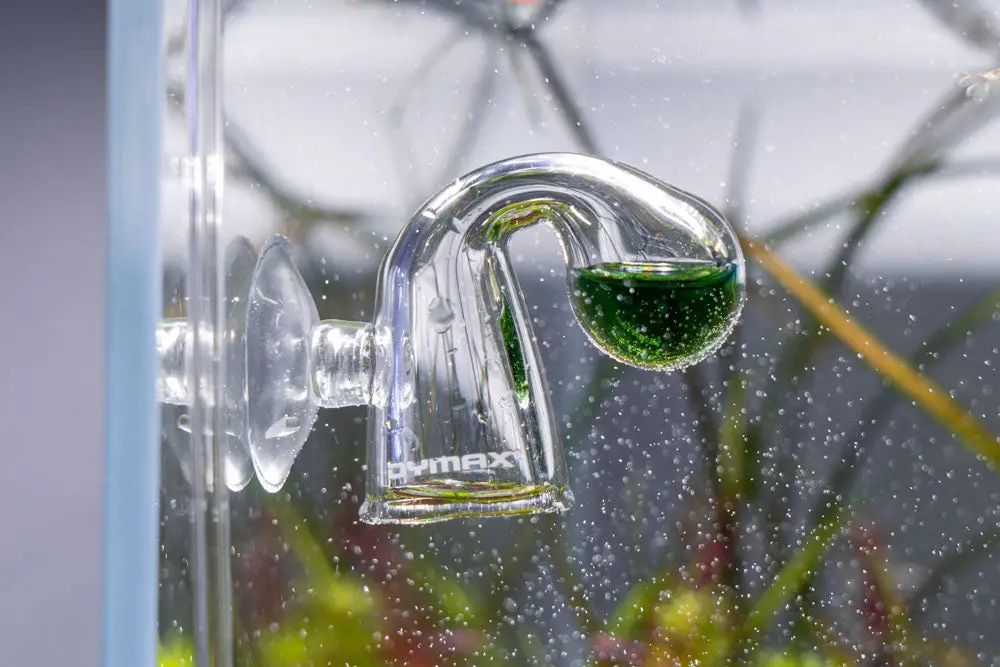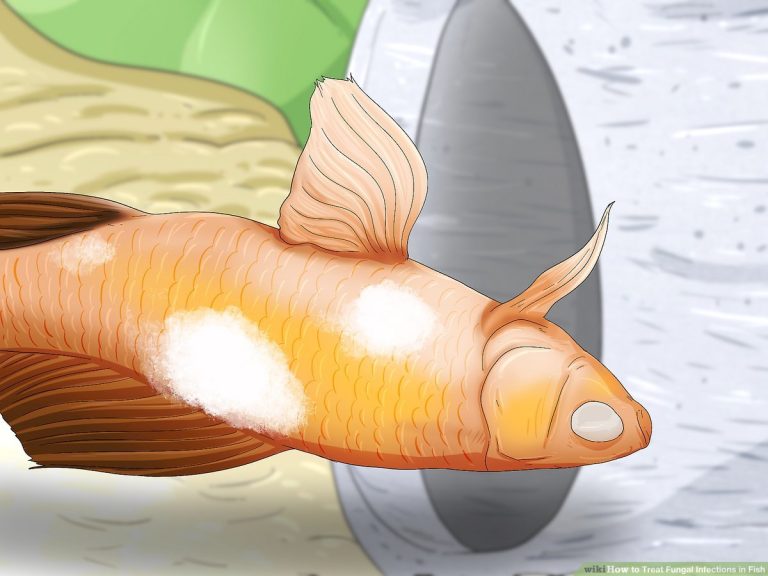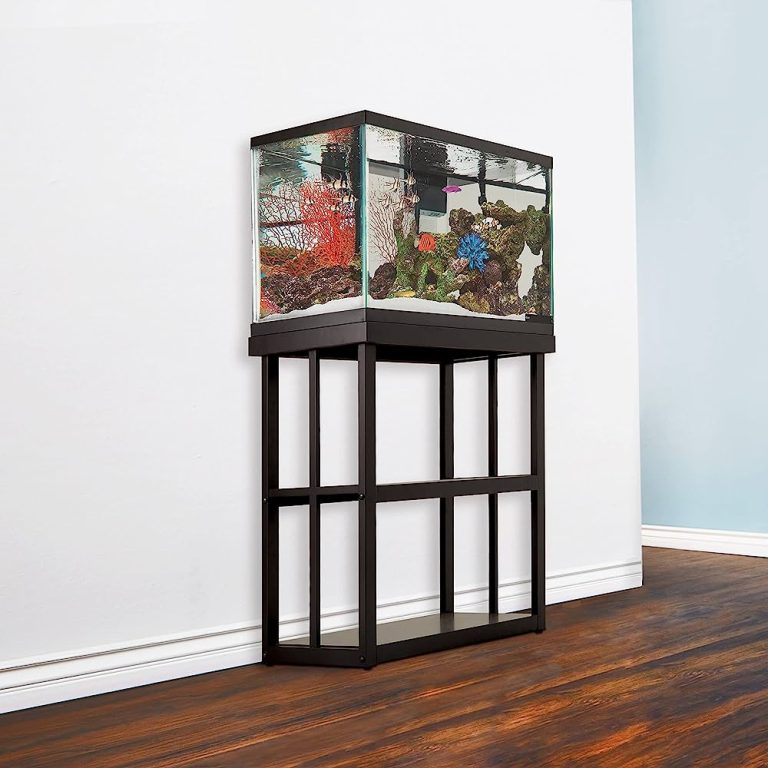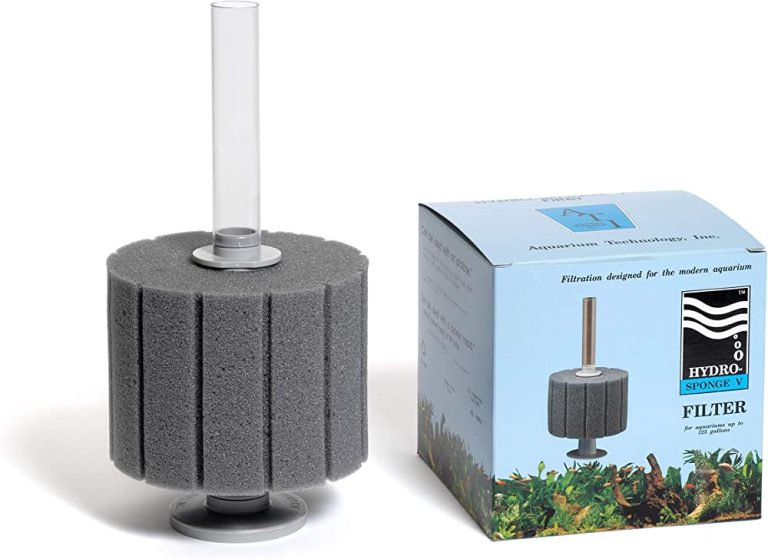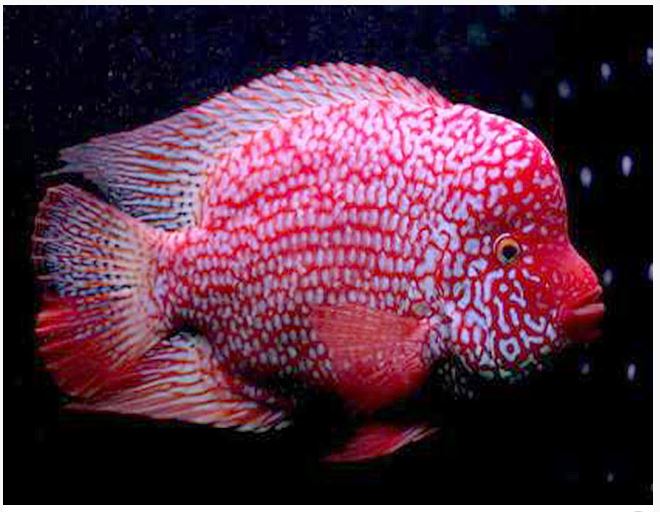How to Master Co2 Control with Drop Checker
To use a co2 drop checker, add 5 ml of ph reagent solution and 3 ml of aquarium water into the checker, and place it inside your tank. A drop checker is a vital device that helps you monitor the carbon dioxide levels in your aquarium.
If you’re a beginner, you may be unsure how to incorporate this device into your tank’s maintenance routine. In this article, we’ll explain the basics of a co2 drop checker, discuss its importance, and guide you on how to successfully use it.
You’ll also learn how to maintain your drop checker, how to read it, and why it’s an essential tool for both beginners and professional aquarists.
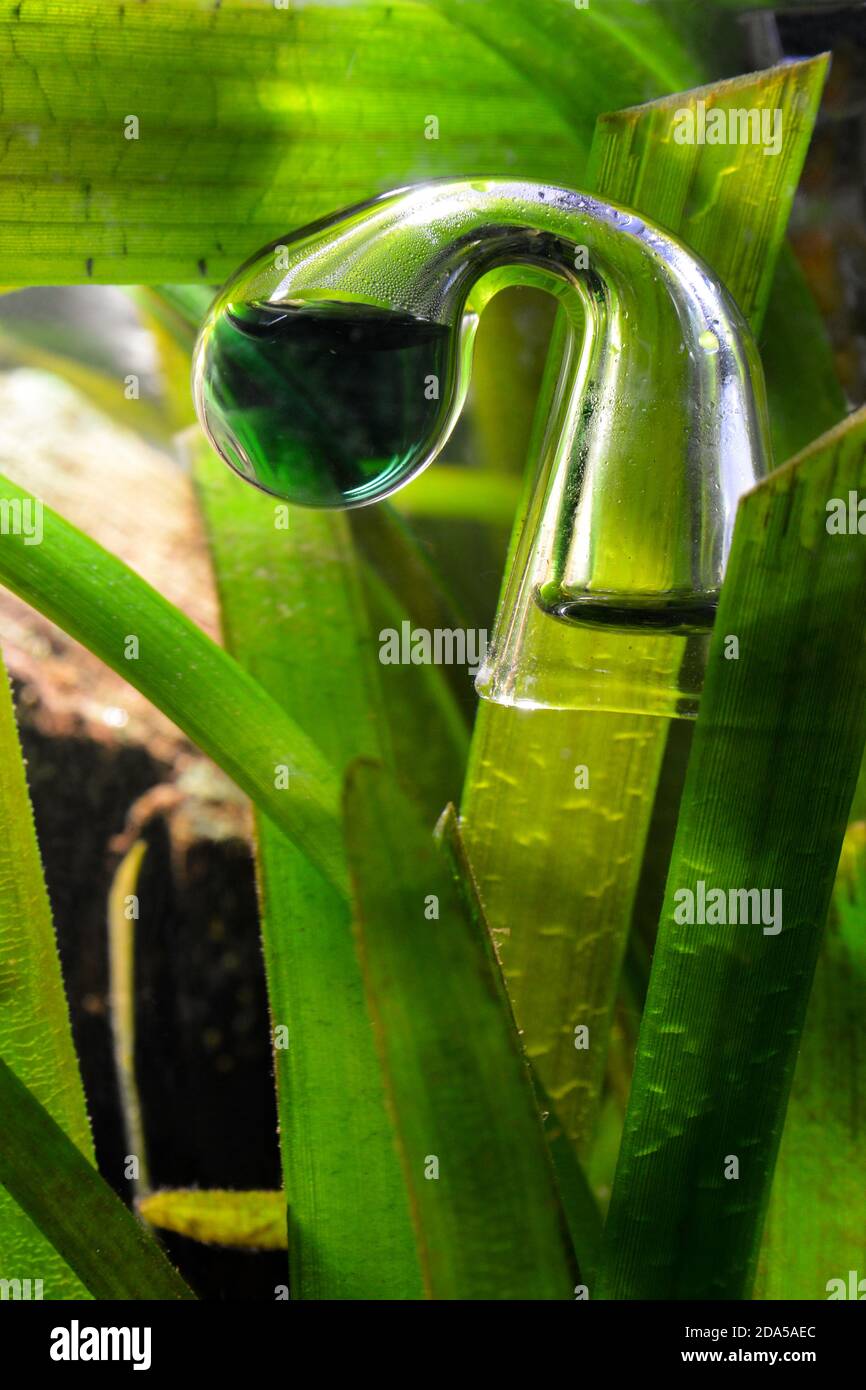
Credit: www.alamy.com
What Is A Drop Checker And Why Is It Important For Co2 Control?
Explanation Of What A Drop Checker Is
A drop checker is a gadget for monitoring carbon dioxide levels in a planted aquarium. It is a small, clear, plastic container that you fill with water and a ph testing solution. This device uses an indicator solution that changes color based on the amount of co2 present in the aquarium water.
- A drop checker measures carbon dioxide levels by way of the color of the monitoring solution inside it.
- It is an essential component of a planted aquarium as co2 is crucial for plant growth.
Importance Of Monitoring Co2 Levels In Planted Aquariums
Controlling co2 is critical to plant growth in an aquarium. The drop checker reveals whether the plants are receiving enough co2 to flourish or not.
- Without adequate carbon dioxide, aquatic plants will struggle to photosynthesize.
- Controlling co2 levels not only benefits plant growth but also promotes a healthy ecosystem, promoting fish and invertebrate wellbeing.
Benefits Of Using A Drop Checker For Co2 Control
Using a drop checker provides several advantages for managing carbon dioxide in an aquarium.
- Consistency: A drop checker ensures consistent, accurate monitoring of carbon dioxide levels in your planted aquarium
- Easy monitoring: With a quick glance at the drop checker, it is easy to identify if co2 levels are adequate.
- Adjustments: You can make quick, precise adjustments to co2 injection or system adjustments if you monitor the levels regularly.
- Keeps plants healthy: A drop checker can help preserve aquatic plants and maintain a healthy aquatic ecosystem.
Using a drop checker is an effective and simple strategy to monitor carbon dioxide levels in a planted aquarium, allowing the maintenance of a healthy aquatic environment.
Choosing The Right Drop Checker For Your Planted Aquarium
If you’re a proud owner of a planted aquarium, you know how important it is to maintain the correct level of co2 in your aquarium water. A drop checker is a critical tool that helps monitor co2, ensuring your plants are receiving the optimal carbon dioxide concentration.
But with the variety of drop checkers available in the market, how do you choose the right one for your planted aquarium? Here are some factors to consider:
Factors To Consider When Choosing A Drop Checker
- Size of aquarium: The size of your planted aquarium will determine the type of drop checker suitable for it. A drop checker with a small chamber is suitable for a small aquarium, whereas a larger tank requires a drop checker with a larger chamber to accommodate the increased volume of water.
- Type of co2 diffuser: The type of co2 diffuser you use in your planted aquarium can affect the reading on your drop checker. If you’re using a diffuser that produces tiny bubbles, a drop checker with a small chamber is recommended. On the other hand, if your diffuser produces large co2 bubbles, then a drop checker with a large chamber is more appropriate.
- Location of drop checker: The position of your drop checker can also affect its reading. Place it near the co2 diffuser to get accurate readings.
Popular Types Of Drop Checker And Their Respective Pros & Cons
There are different types of drop checkers available, each with its pros and cons. Here are some of the popular options:
- Glass drop checker – this type of drop checker is the most common and uses a reagent solution that changes color based on the co2 concentration. Glass drop checkers have a sleek design and are suitable for larger planted aquariums. However, they require more work when it comes to maintenance.
- Plastic drop checker – unlike the glass drop checker, a plastic drop checker uses a ph indicator liquid to measure the co2 concentration. They are easier to install and maintain and are affordable. However, they are not durable and can easily break if not handled carefully.
- Drop checker with a drop checker solution – this type of drop checker uses a drop checker solution that changes color according to the co2 concentration. They are durable and easy to use. However, they can be more expensive than the glass or plastic drop checkers.
Installation And Calibration Process Of A Drop Checker
Once you have chosen the right drop checker, it’s essential to install and calibrate it correctly. Here’s a simple guide to follow:
- Install the co2 diffuser in your aquarium and let it run for at least 2 hours before proceeding with the calibration.
- Fill the drop checker with reagent solution or ph indicator liquid and mount it on the aquarium glass. Wait for at least 2 hours to allow the solution to settle before taking the first reading.
- Adjust the co2 injection rate and wait for 24 hours before taking subsequent readings. Keep adjusting the injection rate until the drop checker indicates the desired co2 level.
- Do not expose your drop checker to direct sunlight, as it can affect its reading.
With these simple steps, you can monitor and maintain the correct co2 concentration in your planted aquarium, ensuring that your aquatic plants thrive and flourish.
Understanding The Ideal Co2 Levels For A Planted Aquarium
The Importance Of Understanding The Ideal Co2 Levels In A Planted Aquarium
Maintaining the ideal co2 levels is essential for the proper growth and health of aquatic plants. It is vital to understand the ideal range of co2 levels as too little or too much can be harmful to the aquatic environment in the tank.
Keeping a check on the carbon dioxide level can be easily done with the help of a co2 drop checker, which changes its color according to the amount of co2 present in the aquarium.
Factors That Affect Co2 Levels In A Planted Aquarium
There are several factors that affect the co2 levels in a planted aquarium. These include:
- Lighting intensity and duration
- The rate of photosynthesis
- The size of the aquarium
- The number and type of plants in the aquarium
- The number of fish and other aquatic creatures in the tank
Ideal Range For Co2 Levels And How It Impacts Plant Growth
The ideal range for co2 levels in a planted aquarium is between 20-30 ppm (parts per million). Anything below or above this range can cause harm to the plants. If the co2 levels are too low, the plants may not grow correctly, and if they are too high, they can cause damage or even death to the aquatic life present in the tank.
Maintaining the ideal co2 levels helps the plants to grow faster and healthier. The additional co2 available in the aquarium will promote photosynthesis, enabling the plants to make more food. Adequate co2 levels help the plants absorb more nutrients, ultimately leading to better growth.
Maintaining an ideal range of co2 levels in a planted aquarium is vital for healthy plant growth and maintaining the overall health of the aquatic environment. Using a co2 drop checker is an efficient way to keep the right balance of carbon dioxide in the aquarium.
Tips & Techniques To Master Co2 Control With Drop Checker
How To Use A Drop Checker Effectively
Using a co2 drop checker is a great way to monitor the level of carbon dioxide in your aquarium. It allows you to adjust the co2 levels and maintain a safe and healthy environment for your plants and fish. Here are some tips to help you use a co2 drop checker effectively:
- Choose the right spot: Place the drop checker in the aquarium where the co2 exchange occurs, for instance, the farthest end of the outflow of the filter. This allows for more accurate readings.
- Add co2 indicator solution: Fill the drop checker with co2 indicator solution, and insert suction cups to mount it on the aquarium wall. Make sure the solution covers the bottom of the checker.
- Wait for color change: Give the drop checker time to react to the co2 levels. It is recommended to wait for at least two hours after adding the indicator solution.
- Check the color: Observe the color of the solution in the drop checker. Blue or green color indicates low levels of co2, while yellow to green indicates moderate to high levels. Adjust the co2 levels accordingly.
How To Adjust Co2 Levels In Response To Drop Checker Reading
When using a co2 drop checker, you need to adjust the co2 levels to maintain optimal conditions. Here are some techniques to help you adjust the co2 levels in response to drop checker readings:
- Increase/ decrease bubble rate: If the color in the drop checker is blue or green, increase the bubble rate of co2. If it is yellow to green, reduce the co2 bubble rate.
- Be patient: Avoid adjusting the co2 levels hastily after a single reading. Wait for consistency over multiple readings.
- Experiment with lighting: Adjust the intensity and duration of aquarium lighting to balance the amount of co2 needed for your plants. Dimmer lighting may require lower co2 levels.
Common Troubleshooting Strategies For Drop Checker
Even with proper use, issues may arise while using a co2 drop checker. Here are some techniques to troubleshoot common problems:
- No color change: Ensure the co2 indicator solution is fresh and added in the right amount. Also, make sure that the drop checker is located correctly. If all these fail, the co2 might be inadequate.
- Excessive color change: If the co2 level appears to be excessively high with plenty of bubbles, the level may need to be decreased by reducing the bubble rate.
- Dirty drop checker: Regularly clean the drop checker to prevent contamination. A dirty drop checker may cause inaccurate readings.
Using a co2 drop checker can make aquarium maintenance easier, allowing you to maintain the best conditions for your plants and fish. By using these tips, you can master the art of co2 control and keep your aquatic environment safe and healthy.
The Importance Of Maintaining Proper Ph Levels With Co2 Control
Planted aquariums require a delicate balance of nutrients and environmental conditions to ensure the plants and fish thrive. One critical factor to consider is controlling the ph levels with co2. In this section, we will explore the relationship between ph levels and co2 control, how to maintain proper ph levels in a planted aquarium, and the impact of improper ph levels on plant and fish health.
The Relationship Between Ph Levels And Co2 Control
Co2 and ph levels have an inverse relationship, meaning as co2 levels increase, ph levels decrease. The ideal level of co2 in a planted aquarium is between 30 to 50 parts per million (ppm), with a ph range of 6.
5 to 7. 5. Maintaining this balance is essential for supporting healthy plant growth and preventing algae growth.
How To Maintain Proper Ph Levels In A Planted Aquarium
Maintaining proper ph levels in a planted aquarium requires careful monitoring and regulation of co2 levels. Here are a few tips to help maintain the optimal levels:
- Use a co2 drop checker: A drop checker is a tool that measures the levels of co2 in the aquarium. Keep a regular check on the co2 levels in your aquarium through a drop checker.
- Provide good water flow: Proper water flow will ensure that co2 and nutrients are distributed evenly throughout the aquarium.
- Utilize a co2 regulator: A co2 regulator regulates the flow of co2 into the aquarium to maintain a consistent level.
- Monitor the ph levels: Keep a regular check on the ph levels to ensure they remain within the optimal range.
The Impact Of Improper Ph Levels On Plant And Fish Health
An improper balance of co2 and ph levels can cause negative impacts on the plants and fish in your aquarium. Here are a few consequences:
- Acidic ph levels (below 6.5) will cause stress to fish and other aquatic animals, resulting in illness and death.
- Excessive co2 levels can harm or kill fish, shrimp, and other aquatic animals.
- Low co2 levels can cause plants to wither, reducing their growth rate and overall health.
- High ph levels will cause poor plant growth, nutrient deficiency and may even lead to the emergence of algae.
Maintaining the correct balance of co2 and ph levels is crucial to ensuring the health and vitality of your planted aquarium. Through proper monitoring and regulation, you can create a thriving ecosystem for your aquatic pets and plants.
Frequently Asked Questions Of How To Use Co2 Drop Checker
How Does Co2 Drop Checker Work?
Co2 drop checker shows the level of co2 in your aquarium by changing colors. It contains a ph reagent that changes color depending on the co2 amount in your water.
How To Install The Co2 Drop Checker?
First, fill the drop checker with your ph reagent. Then, install the suction cups on the back and place it inside your aquarium.
How Often Do I Need To Check The Co2 Drop Checker?
You should check the co2 drop checker every day to ensure proper co2 levels for your aquarium. Monitor any color changes and adjust accordingly.
How Do I Adjust Co2 Levels With The Co2 Drop Checker?
If the color indicates low co2 levels, adjust your co2 system and check again after a few hours. If it’s too high, increase aeration and check again later.
Conclusion
After reading this guide on how to use co2 drop checker, you should now be well-equipped to monitor the levels of co2 in your aquarium. By following the steps outlined in this post, you’ll be able to ensure that your plants are receiving the carbon dioxide they need to thrive.
Remember to regularly check the color of your drop checker, adjust your co2 levels as needed, and keep a watchful eye on your plants. By doing so, you’ll be able to create the perfect environment for your aquatic plants to grow and flourish.
As always, be patient and take things slow; fine-tuning your co2 levels can take time, but the results are well worth the effort. With the knowledge gleaned from this guide, you are well on your way to becoming a successful aquarium enthusiast.
